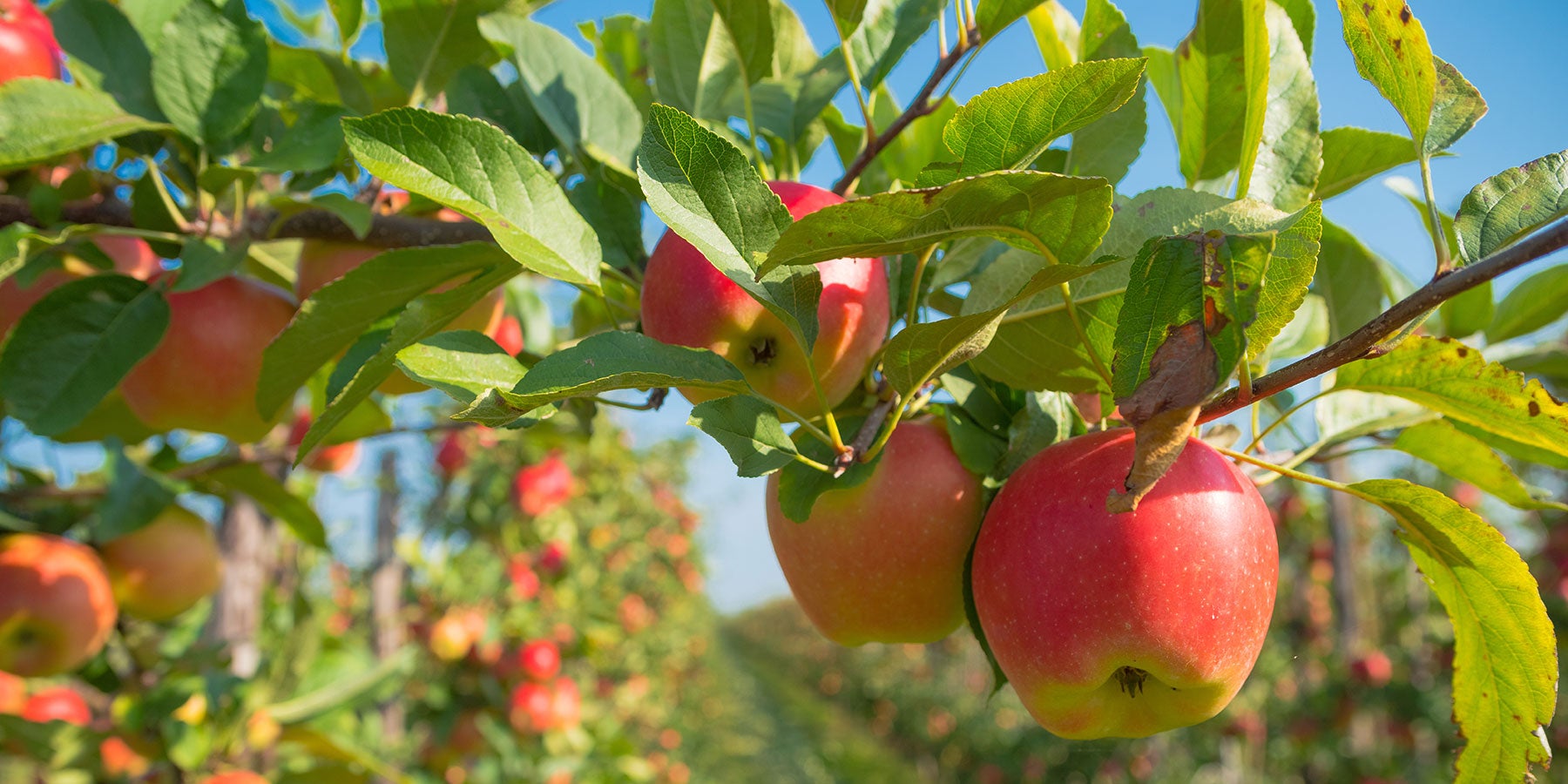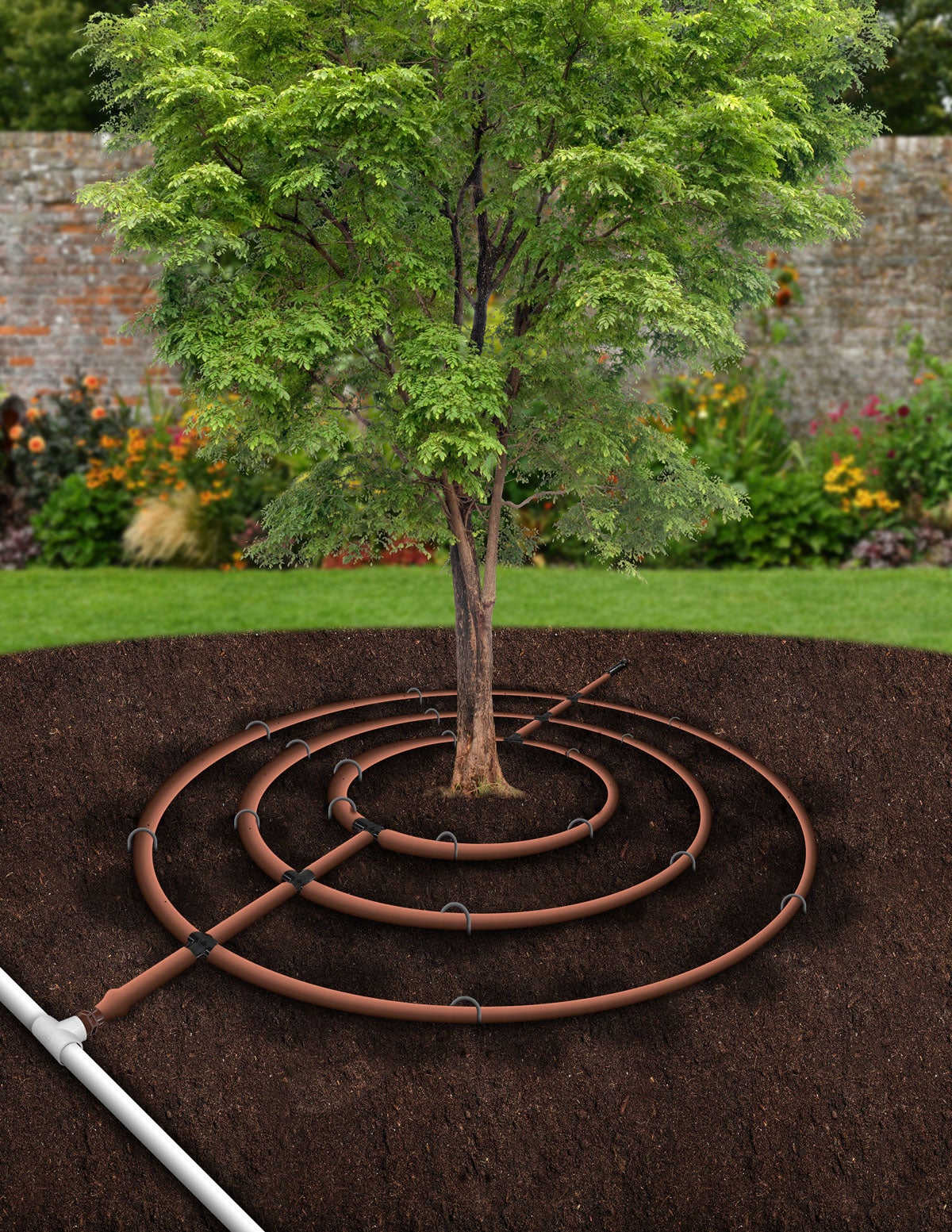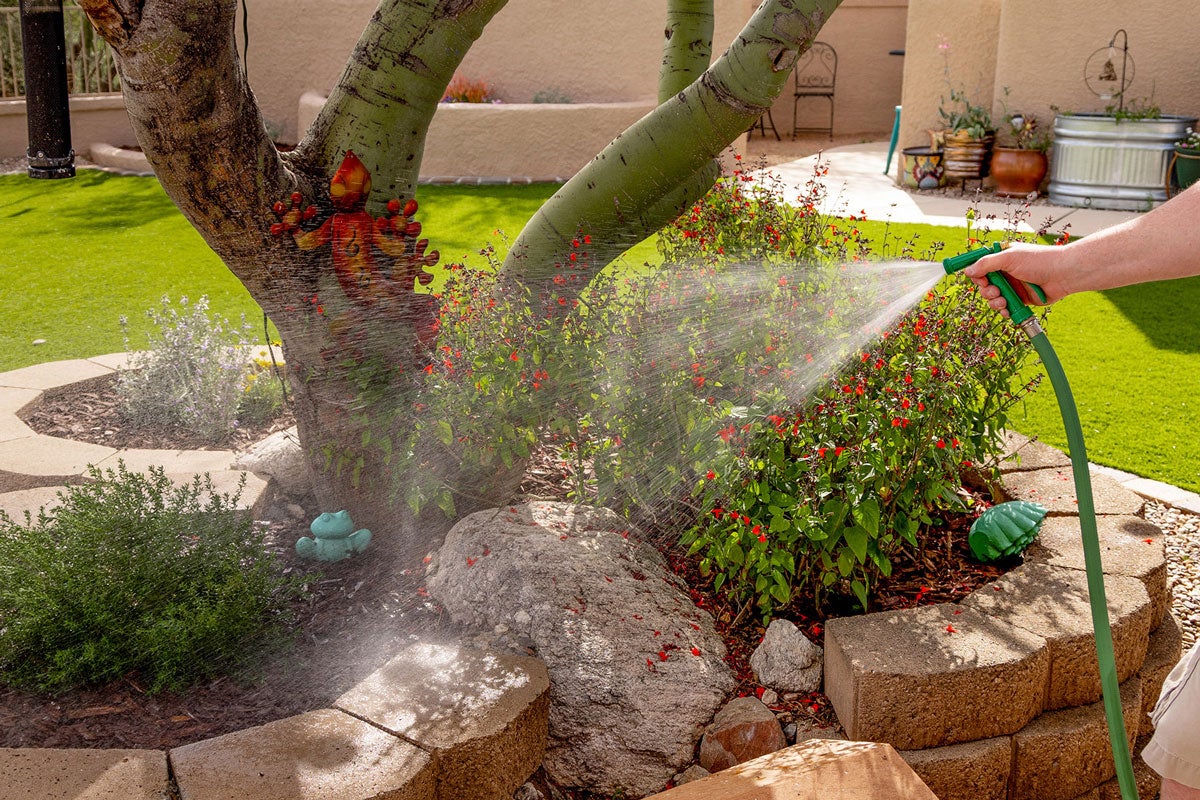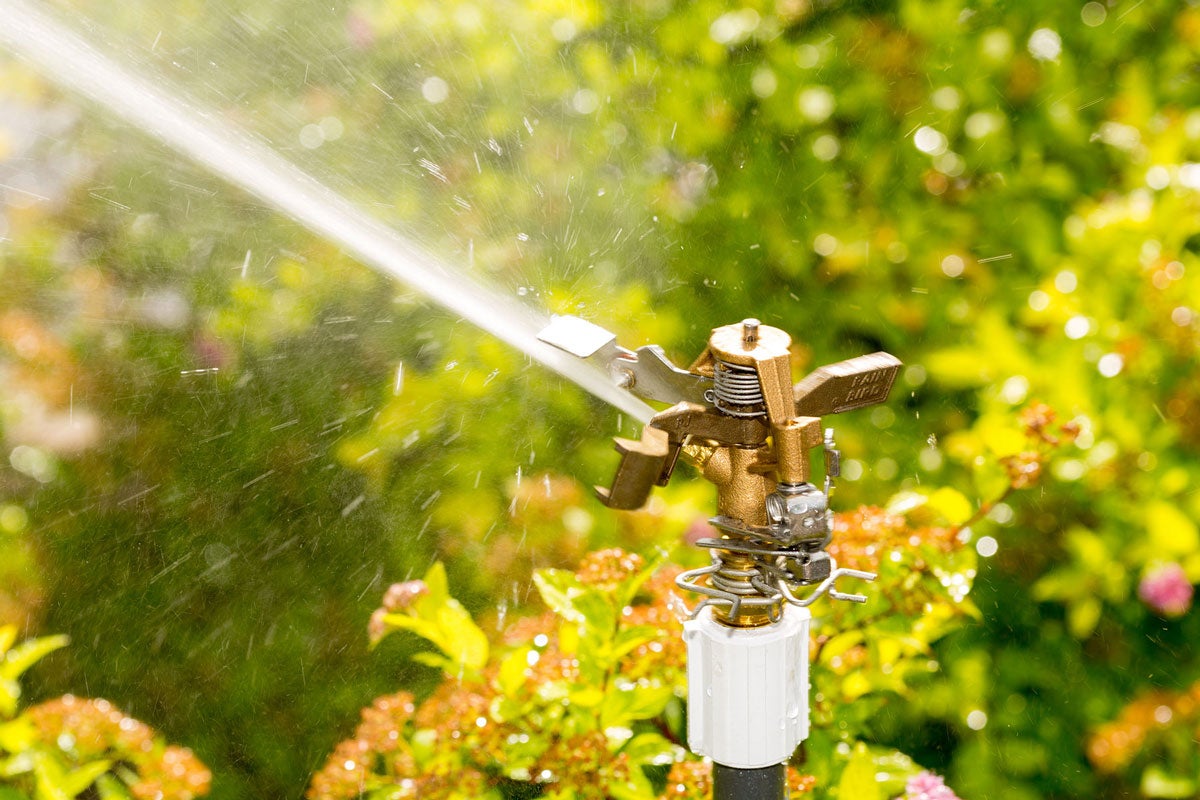Your Guide to Fruit Tree Irrigation and Efficient Water Use

Water is life—for us and for the fruit trees that fill our lawns and orchards with bountiful harvests. But balancing water use to keep those trees thriving can feel like a puzzle, especially given varying soil types, climates, and tree species. Too much water can suffocate roots, while too little causes stress and reduces fruit quality.
This guide offers practical advice for both novice and professional orchardists, with insights into optimal watering schedules, tips for specific trees, and strategies to save water while promoting strong, healthy growth.
Why Proper Irrigation Matters for Fruit Trees
Irrigating fruit trees requires precise, efficient watering for trees to develop deep, healthy roots that sustain high-quality fruit production.
Why it’s important:
- Supports Growth: Young trees require water to establish their root systems, while mature trees need deep hydration to reach their full potential.
- Prevents Diseases: Improper watering can lead to root rot and attract pests.
- Boosts Harvests: A well-watered tree produces healthier, tastier fruit.
- Saves Water and Resources: Efficient irrigation protects this precious resource while reducing your water bill.
Special Considerations for Different Fruit Trees
Every fruit tree has its own unique watering needs.
- Citrus Trees (e.g., lemons, oranges): Require consistent moisture. Drought-stressed citrus can drop flowers or produce dry fruit.
- Apples and Pears: Thrive with deep, infrequent watering. Apply mulch around the base of the fruit tree to retaining moisture.
- Peaches and Plums: Highly sensitive to water stress during fruiting. Ensure steady irrigation at this stage.
Planting for Success
- Space your fruit trees adequately so they don’t compete for water.
- Use mulch to retain soil moisture and moderate temperature. Avoid piling mulch against the tree trunk.
Signs of Overwatering or Underwatering
It’s easy to overdo (or underdo) watering. Here’s what to watch for.
Too Much Water
- Yellowing leaves that drop prematurely.
- Soil that remains waterlogged or emits an odor.
- Fungus or mold near the base.
Not Enough Water
- Wilting or curled leaves.
- Dry or cracked soil, even after recent watering.
- Small, underdeveloped fruit.
Action Tip: Adjust your watering schedule immediately if you spot these signs.
Choosing the Right Irrigation System
You have several options for irrigating fruit trees including manual watering, drip irrigation, and sprinkler systems. Choose based on your trees' needs, soil type, and budget.

Drip Irrigation
- Best For: Precision watering at the root zone.
- Advantages: Minimizes water waste; ideal for clay or loamy soils.
- Recommended Devices: Rain Bird's Premium Hose End Timer provides programmable watering schedules for your drip irrigation setup without the need for a permanent in-ground system.

Hand Watering
- Best For: Young, drought-tolerant trees or areas without irrigation systems.
- Consideration: Requires manual effort.
- Recommended Devices: Spray nozzles and wands, like Rain Bird's 8-Pattern Front Trigger Carbon Fiber Pattern Hose End Nozzle or Classic Rear Trigger Metal Hose End Nozzle, allow you to water where and when needed with precision.

Sprinkler Systems
- Best For: Mixed-use orchards with turf.
- Advantages: Promotes even distribution and flexibility in timing.
- Recommended Devices: Smart irrigation controllers, like Rain Bird’s ARC Series residential timers, connect to local weather data and adjust irrigation schedules automatically, saving water without requiring constant monitoring.
Pro Tip: Combine systems to handle different situations. For example, use an in-ground sprinkler system for broad irrigation of your orchard, drip irrigation for young or mature trees, and manual watering for areas that require special attention.
Calculating Water Needs
Now that you understand the basics, let’s dig into some math. Here’s a formula to help determine the precise amount of water your plants or trees need each week to stay healthy and thrive in their specific environment. Keep reading and, we'll walk you through the calculation methods step by step so you can confidently determine the exact water needs for your plants or trees.
Total Water to Apply (in) = (Evapotranspiration (ET) × Water Need × Density Factor × Microclimate Adjustment) ÷ Irrigation Efficiency
Each variable in this formula accounts for critical factors that influence water requirements.
- Evapotranspiration (ET) measures the water lost from soil and plants due to evaporation and transpiration.
- Water Need factor adjusts this value based on the specific type of plant or tree.
- Density Factor accounts for how densely plants are spaced.
- Microclimate Adjustment considers environmental factors, like shade or exposure to wind or nearby heat-absorbing surfaces.
- Irrigation Efficiency reflects how much water reaches the roots versus being lost in the process.
Let’s imagine you have a mature apple tree with a canopy diameter of 10 feet. It's located in an area with a moderate climate, and you're using a drip irrigation system. We want to calculate how many gallons of water the tree needs.
Values:
- Evapotranspiration (ET): Let's assume the average daily ET for your area during the peak growing season is 0.2 inches. (You'd typically get this from local weather data or agricultural extension services.)
- Water Need: Apple trees have a water need factor of around 0.8.
- Density Factor: Since it's a single tree, the density factor is 1.
- Microclimate Adjustment: Your tree is near a south-facing wall, slightly increasing heat, so we'll use a microclimate adjustment of 1.1.
- Irrigation Efficiency: Drip irrigation is efficient, so we'll use 0.9 (90%).
Calculations:
1. Total Water to Apply (inches):
Total Water = (Evapotranspiration x Water Need x Density Factor x Microclimate Adjustment) ÷ Irrigation Efficiency.
- Total Water = (0.2 inches x 0.8 x 1 x 1.1) ÷ 0.9.
- Total Water = 0.176 ÷ 0.9, which is approximately 0.196 inches.
2. Ground Area (square feet):
- Ground Area = (Tree Diameter2) x 3.14.
- Ground Area = (10 feet2) x 3.14.
- Ground Area = 100 square feet x 3.14.
- Ground Area = 314 square feet.
3. Convert Inches to Gallons:
- 1 inch of water over 1 square foot is equal to 0.623 gallons.
- So, 0.196 inches over 314 square feet is:
- Total Gallons = 0.196 inches x 314 square feet x 0.623 gallons per inch per square foot.
- Total Gallons is approximately 38.3 gallons.
Conclusion:
In this example, your apple tree needs approximately 38.3 gallons of water each week during the growing season. Use the “cycle and soak” method to break up your irrigation times into shorter periods to allow water to be absorbed deeply into the soil. Also be mindful of rainfall—if there is significant rain, you can adjust the amount of supplemental watering accordingly.
By using this formula, you can calculate how much to irrigate your fruit trees and avoid overwatering or underwatering, promoting both plant health and water conservation.
Nurture Growth with Efficiency
Efficiently irrigating your fruit trees not only ensures a thriving garden but also conserves our planet’s precious water resources. With careful planning, the right systems, and knowledge of your trees' unique needs, you can enjoy the beauty and bounty of your fruit trees for years to come.
Interested in taking the guesswork out of watering? Explore Rain Bird's innovative irrigation products to find tools tailored for your garden’s success.
